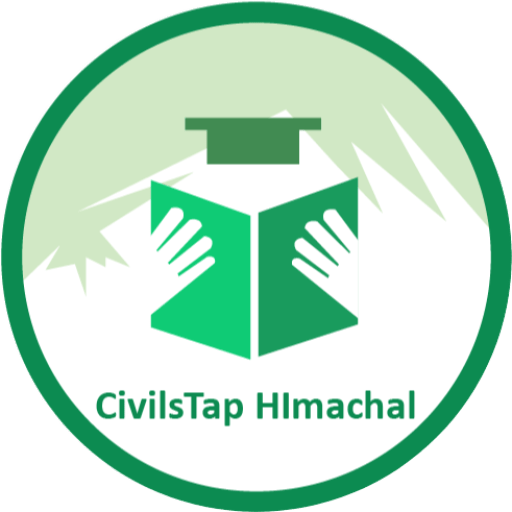October 14, 2025
- Phone :+917814622609
- Email :[email protected]
- Student Dashboard
General Studies Paper 2
CONTEXT
- A new study found that while the physical or chemical agents responsible for eye injuries varied between children and adults, chuna was the most common alkali agent in both groups, causing 32% of all alkali burns among children.
ABOUT
- Slaked lime (chuna) is an alkali compound widely used as a binding agent, along with betel nut and other ingredients, to make paan in the Indian subcontinent.
- A new study has found that chuna is a major cause for ocular burns among children, along with household chemicals and fireworks.
- Loosely sold in plastic packets, the quicklime can puff out of the packet on to a child’s eyes.
- The alkali then burns the ocular surface and can result in eye injury. They are a tragic cause of ocular morbidity, even vision loss, especially among children.
CHUNA AND ITS RISKS
- Indian paan contains slaked lime, or chuna which is smeared onto a betel leaf and chewed along with the areca nut.
- Tobacco is also added to the paan and the alkali quickens its absorption.
- Paan consumption, especially in South and South East Asia, has been a practice from prehistoric times.
- The alkali chemically burns through the delicate tissue, causing extensive damage.
- The rim of the cornea, called the corneal limbus, is home to specialised stem cells that replenish the cornea.
- Chemical burns can destroy the limbus, compromising the cornea’s ability to repair itself.
- The risk of chemical injury to the eye is not limited to slaked lime. Household cleaning agents like toilet cleaners and other acids, as well as fireworks and even super-glue in tubes, are all liable to cause ocular injury.
- Chemical burns to the eye results in ocular burns or, in worse cases, severe loss of vision.
- They may require extensive surgical intervention, including stem-cell transplantation and corneal grafts, and will need lifelong management.
- Children with access to household chemicals like chuna, adults who work with such agents without protective eye glasses, and individuals of both age-groups when they play with firecrackers are at risk of ocular burns.
THE NECESSARY PREVENTIVE MEASURES
- Such injuries can be avoided if the substance causing them is stored safely, away from the reach of children.
- Adults who are at risk of workplace injuries — since lime is also present in whitewash, for example — will benefit from protective eye glasses.
- The study also underscores the need to improve the packet integrity of chuna sold over the counter.
- Better quality plastic and sealing and clear warning messages on the packet may help reduce the risks to children.
- People should only purchase adequately sealed packets of alkalis and acids, and insist on using them with protective glasses.
WAY FORWARD
- Finally, a key finding of this study is that close to 60% of all patients with ocular burns did not present to a hospital within 24 hours. It also found that more than 20% of the patients did not receive any eye wash when they reached, or before reaching, emergency care.
- It is imperative that the chemical is immediately washed off the burnt eye as soon as the injury happens. When the patient visits a hospital, the eye must be thoroughly irrigated to remove any substances that may be lodged in the eye.
© 2025 Civilstap Himachal Design & Development

